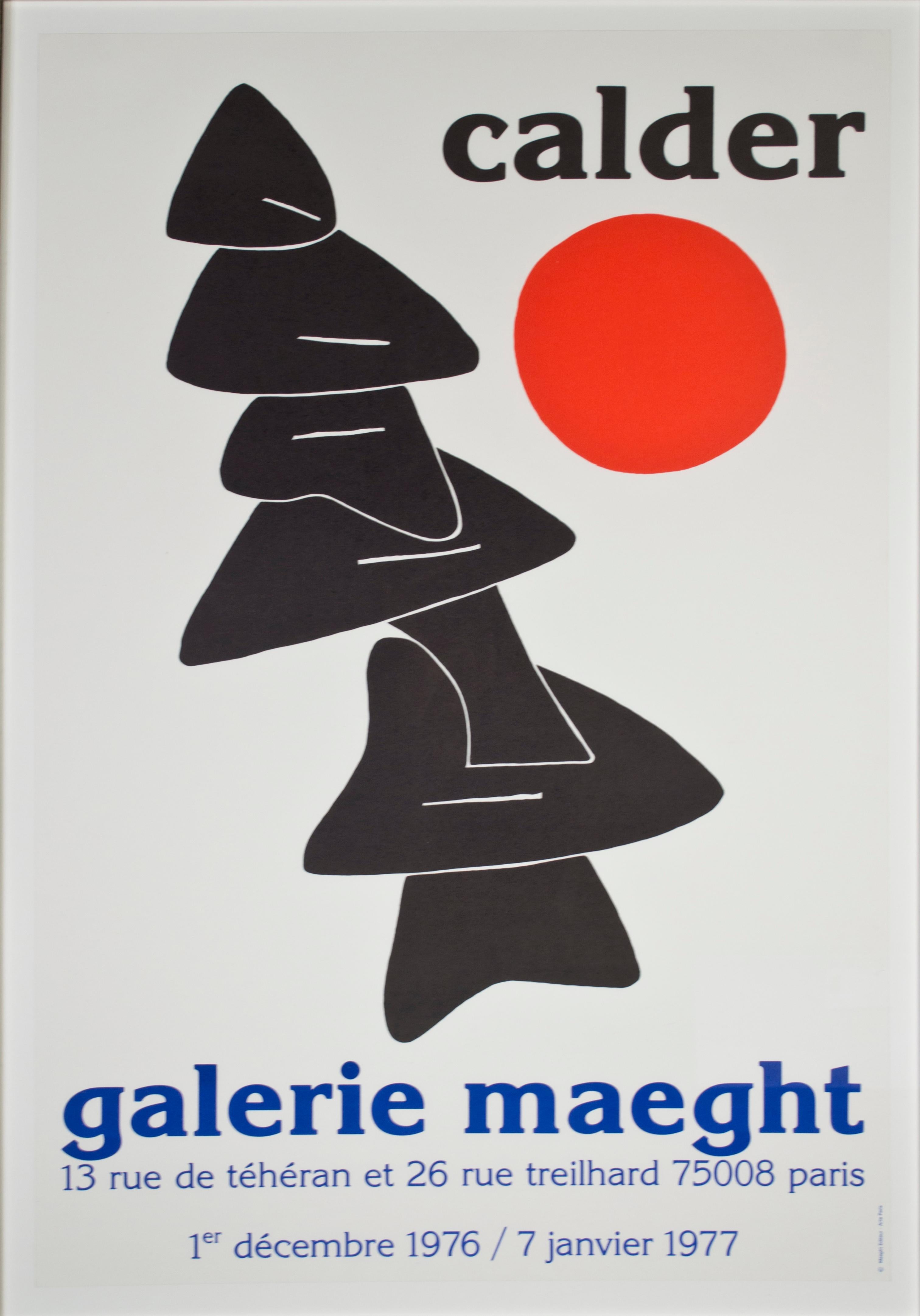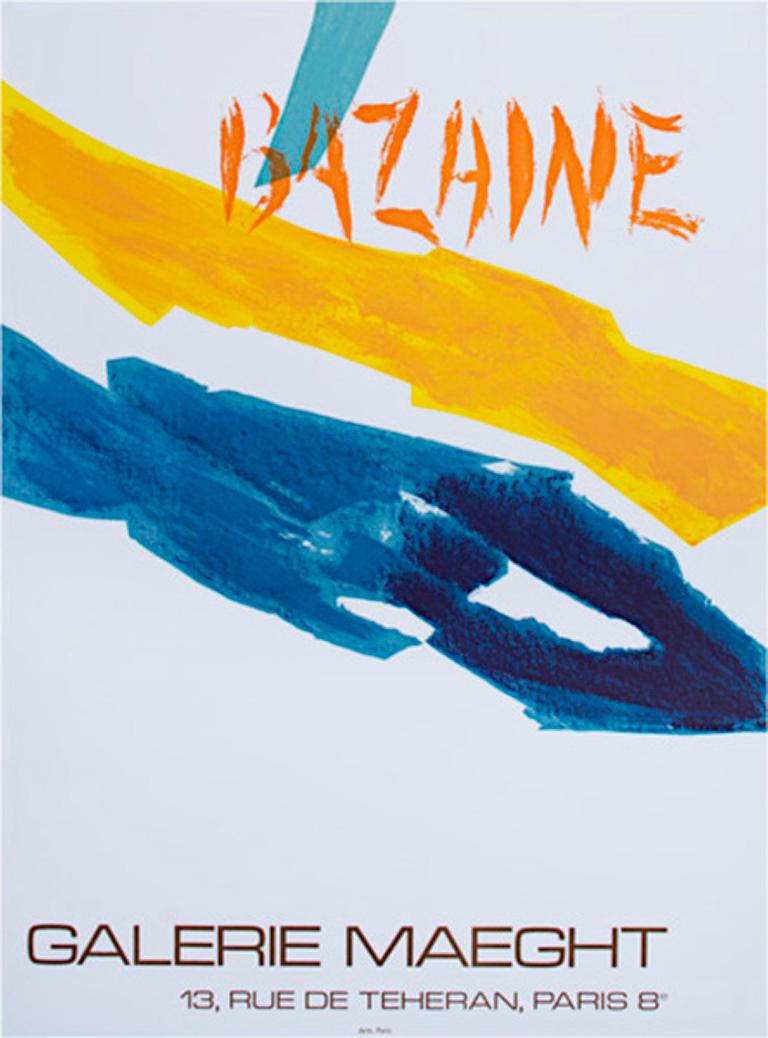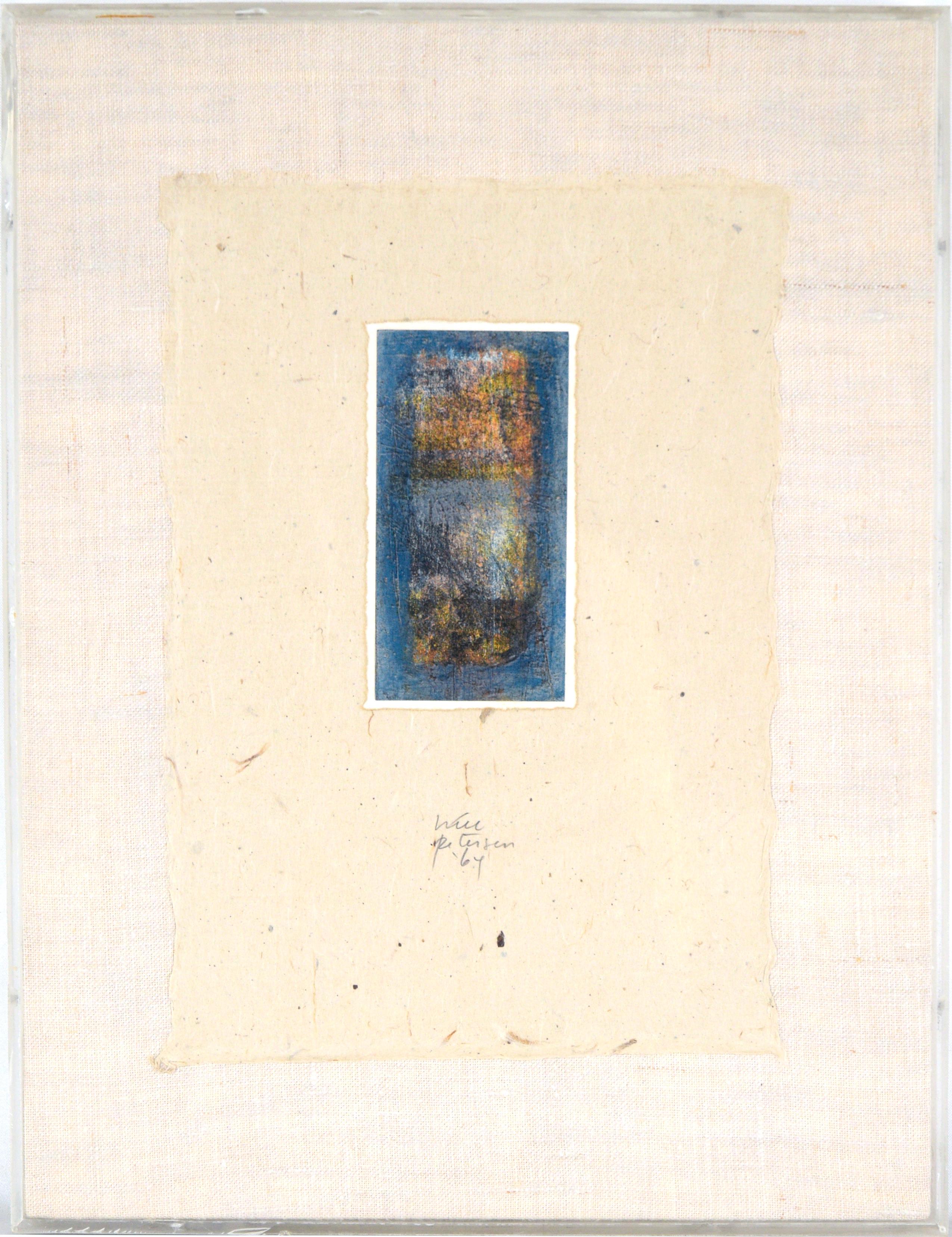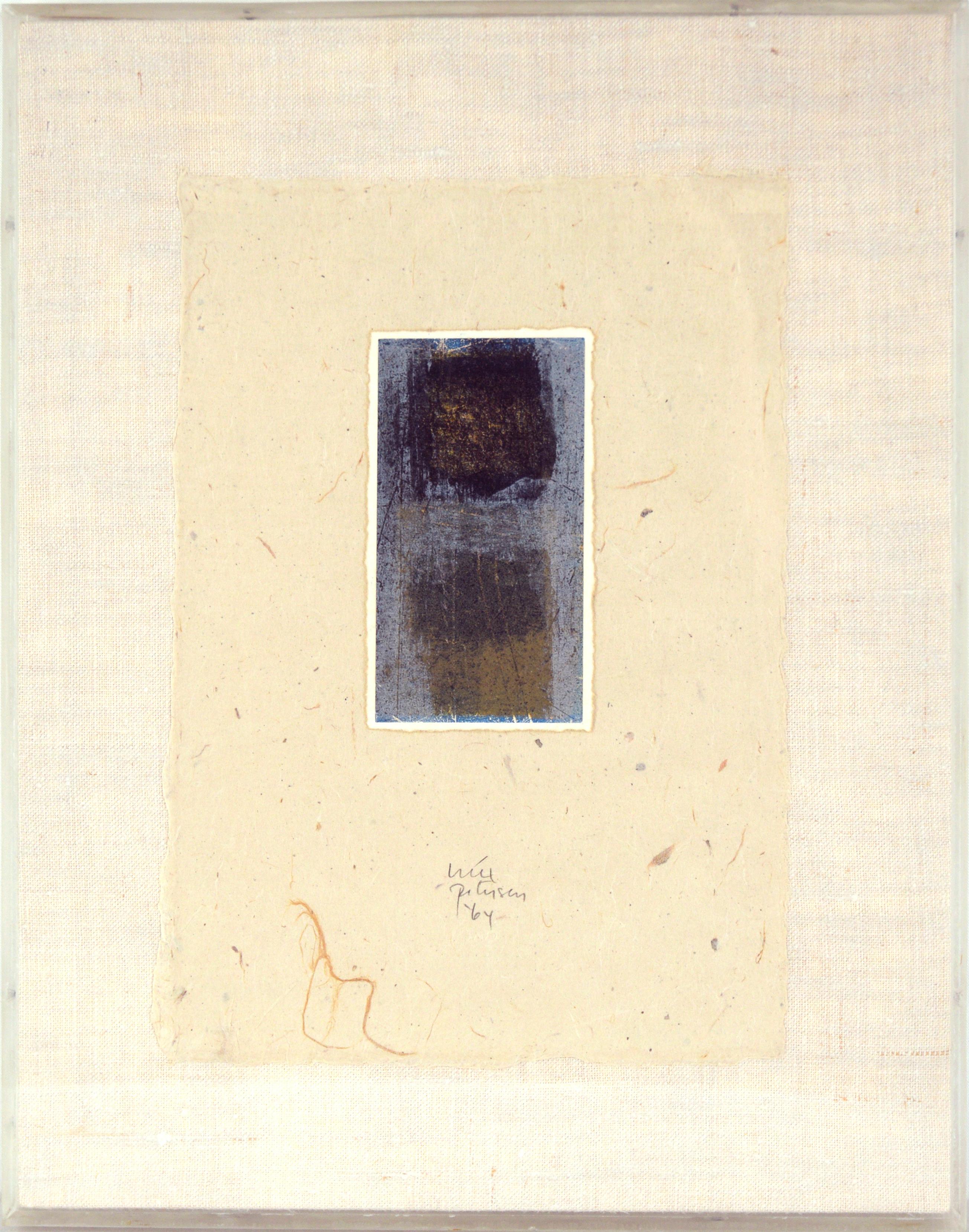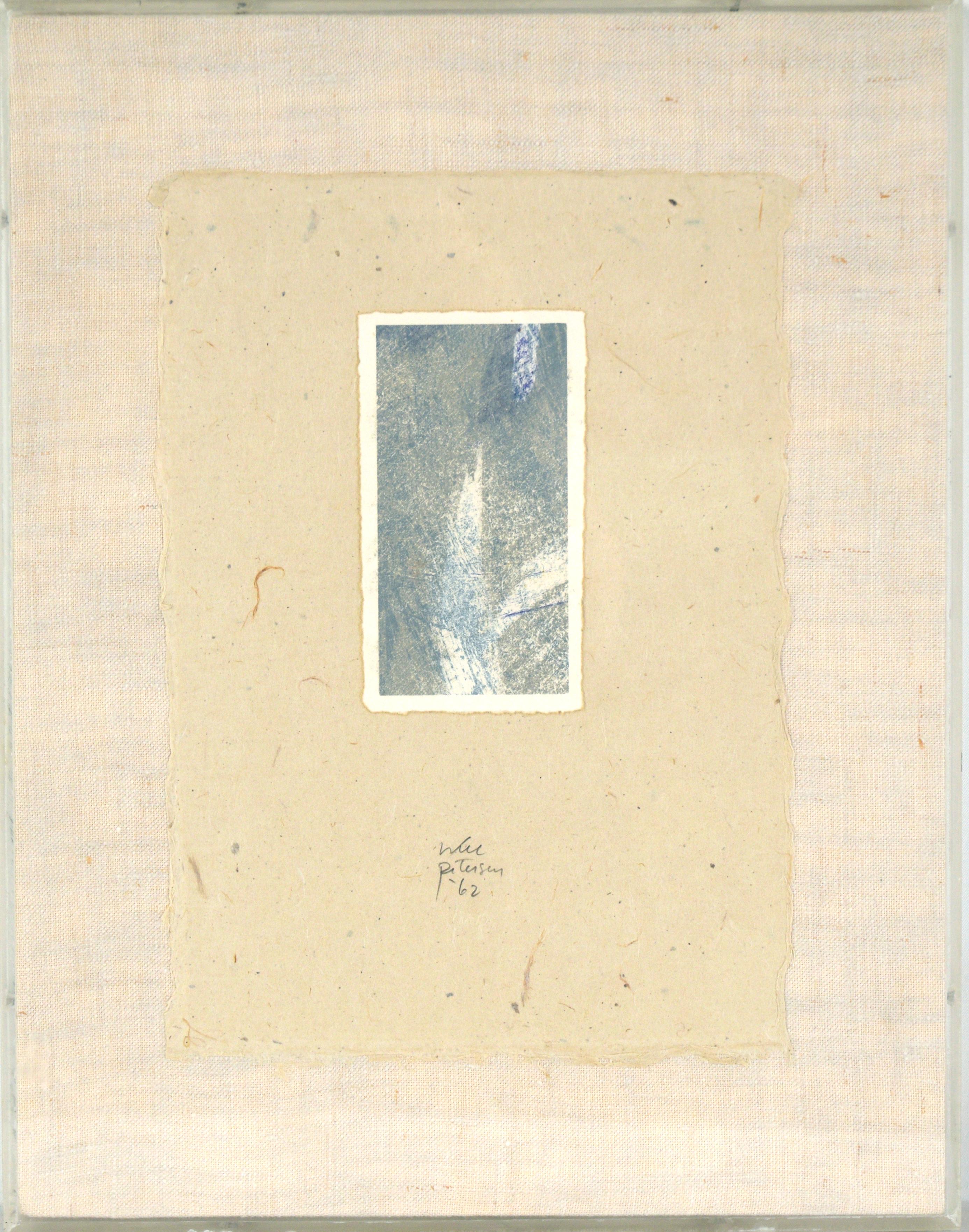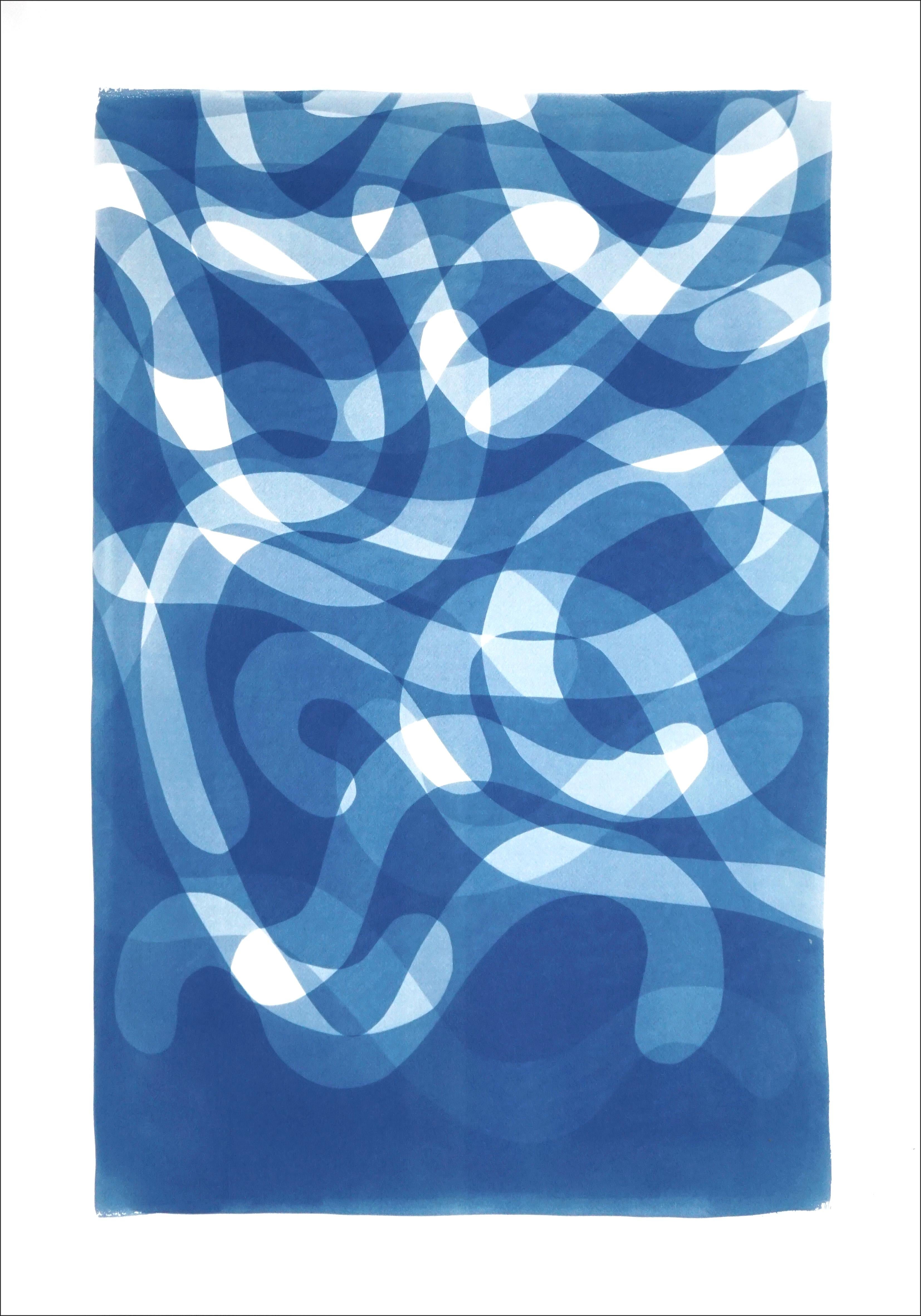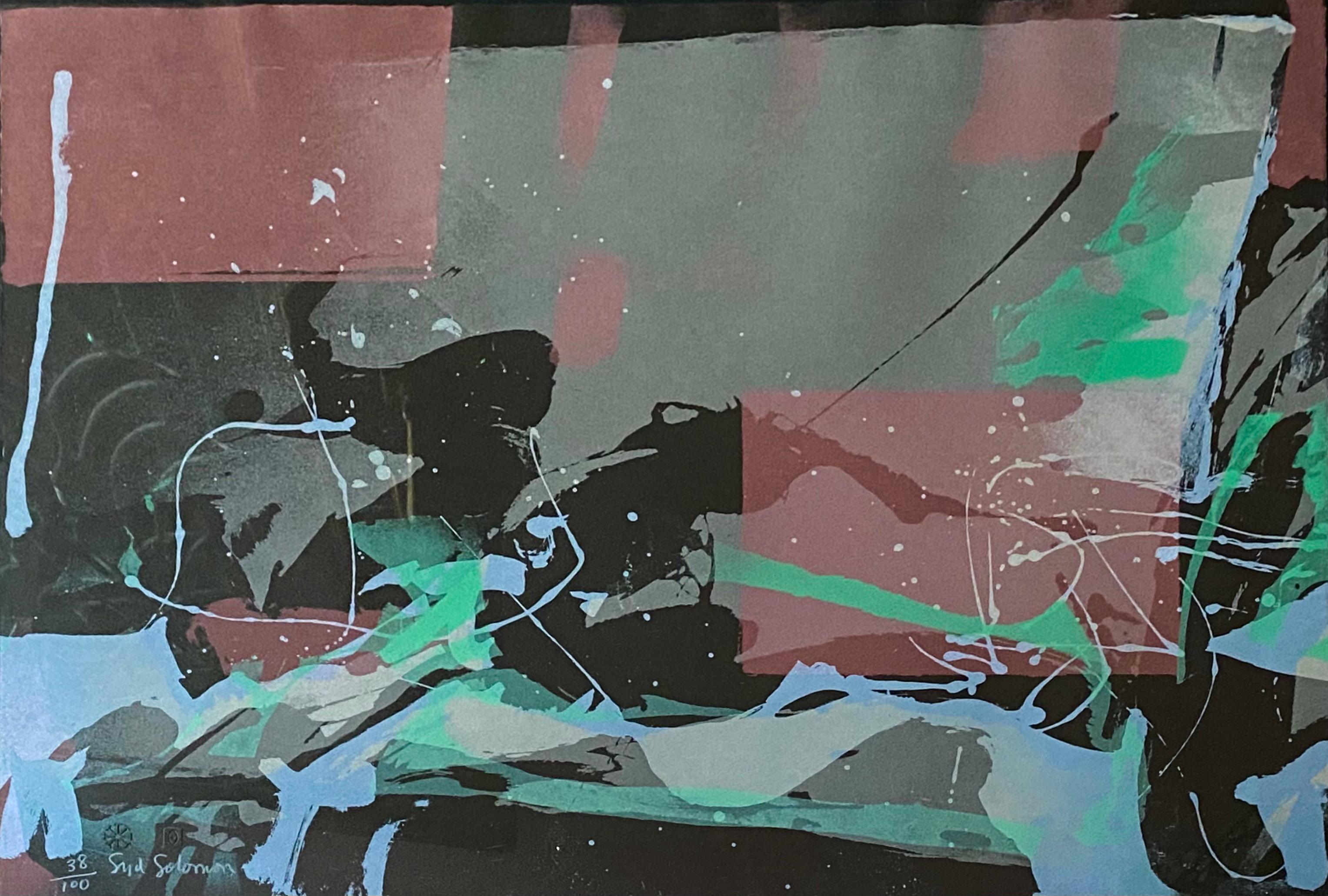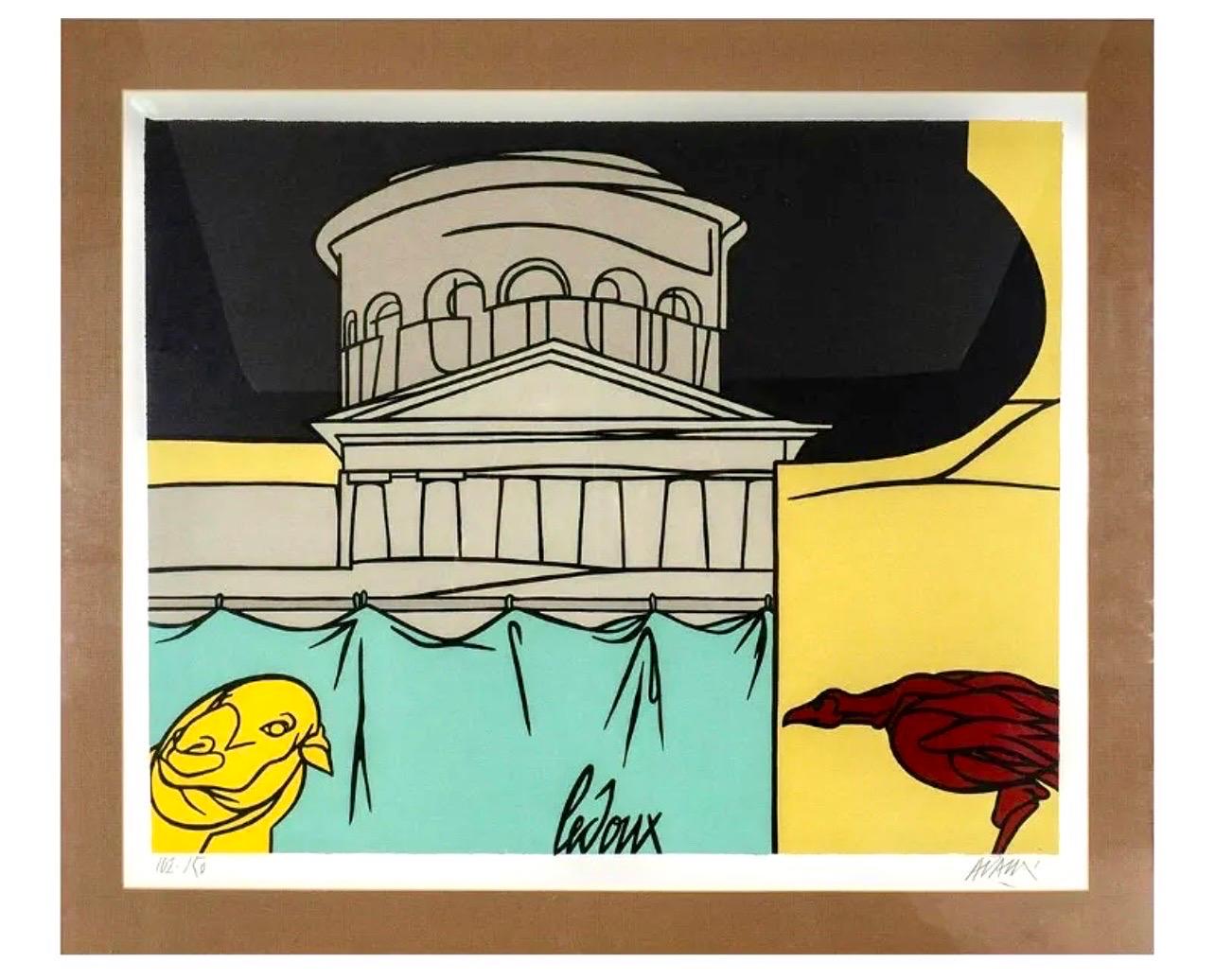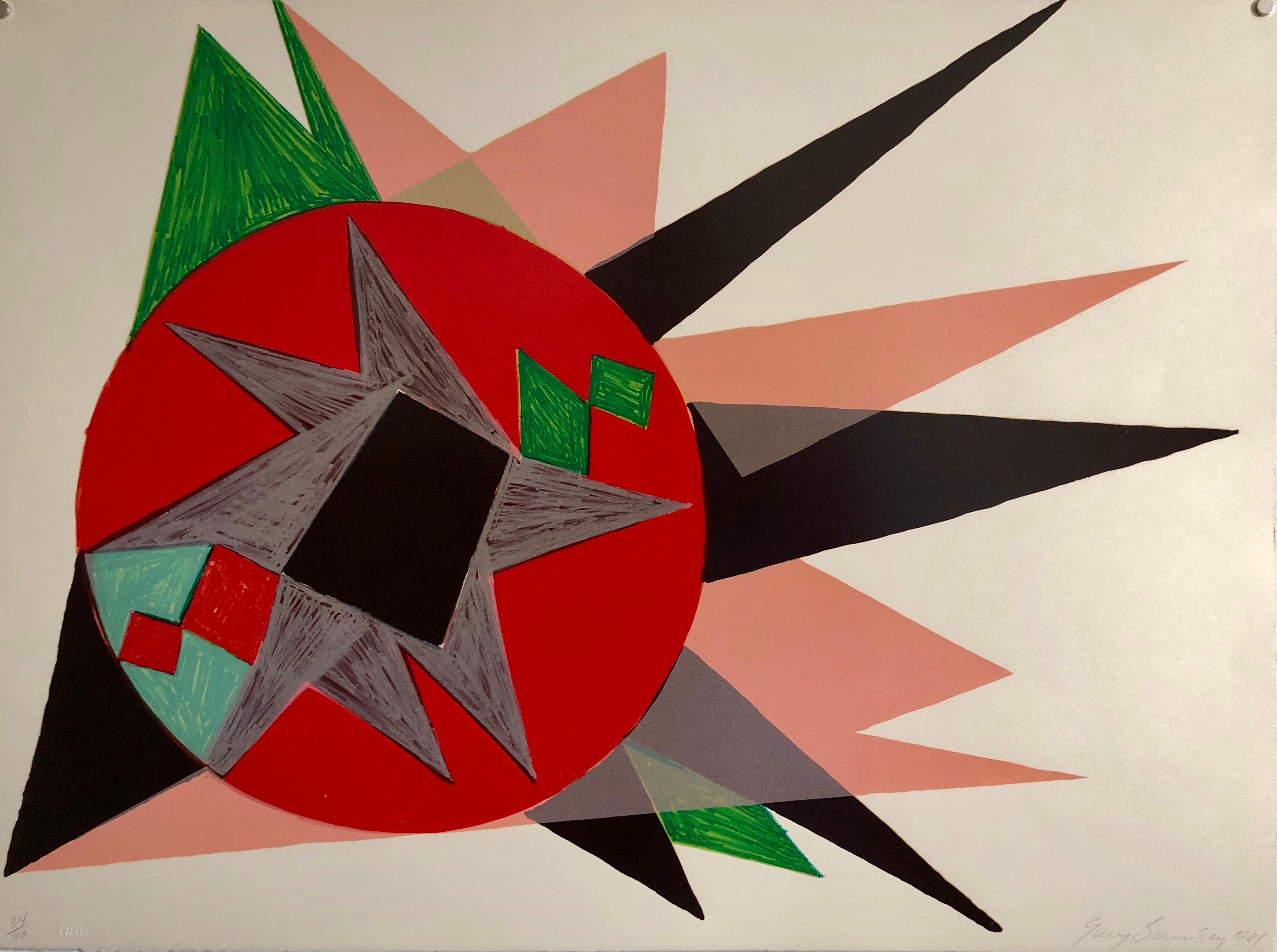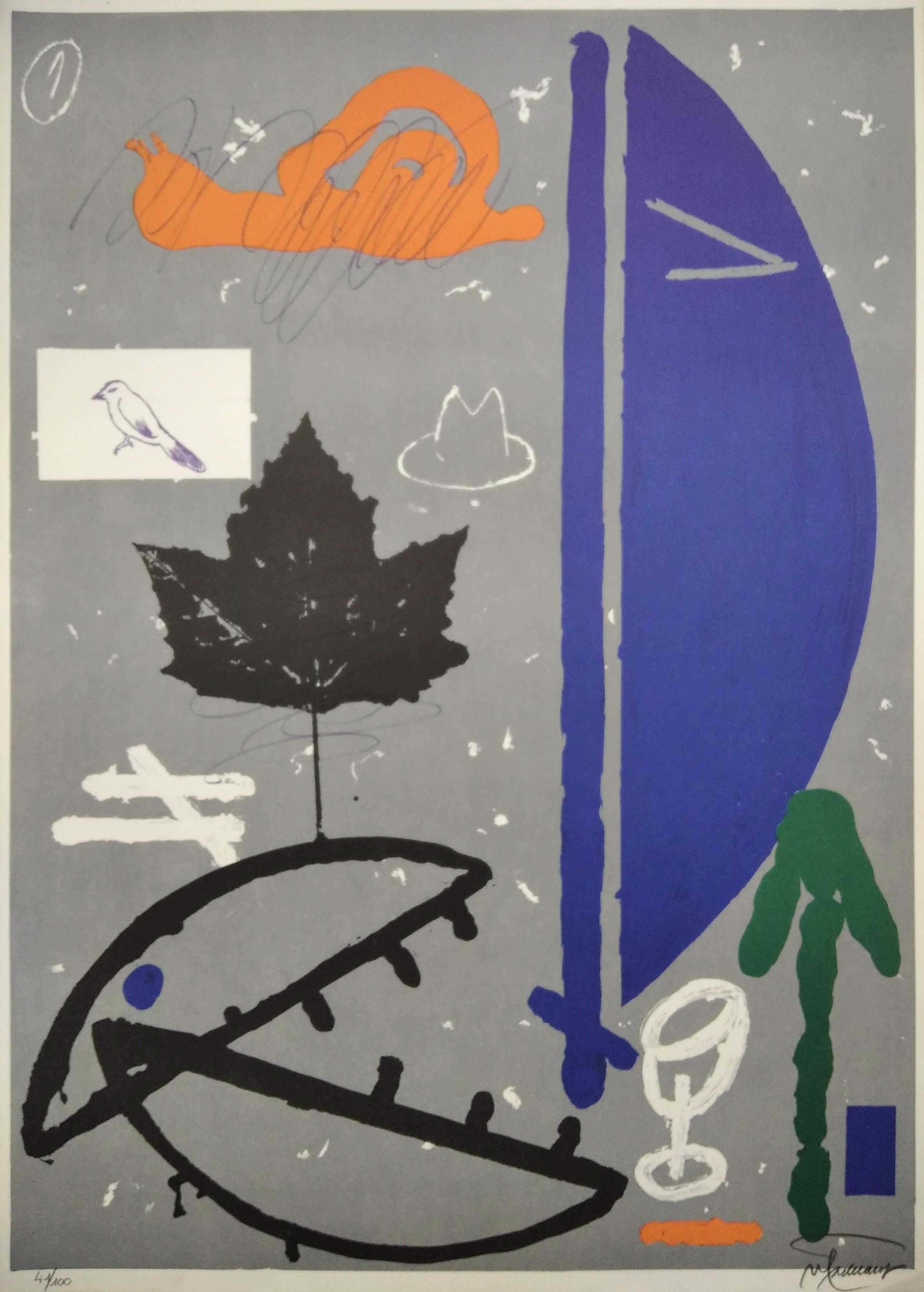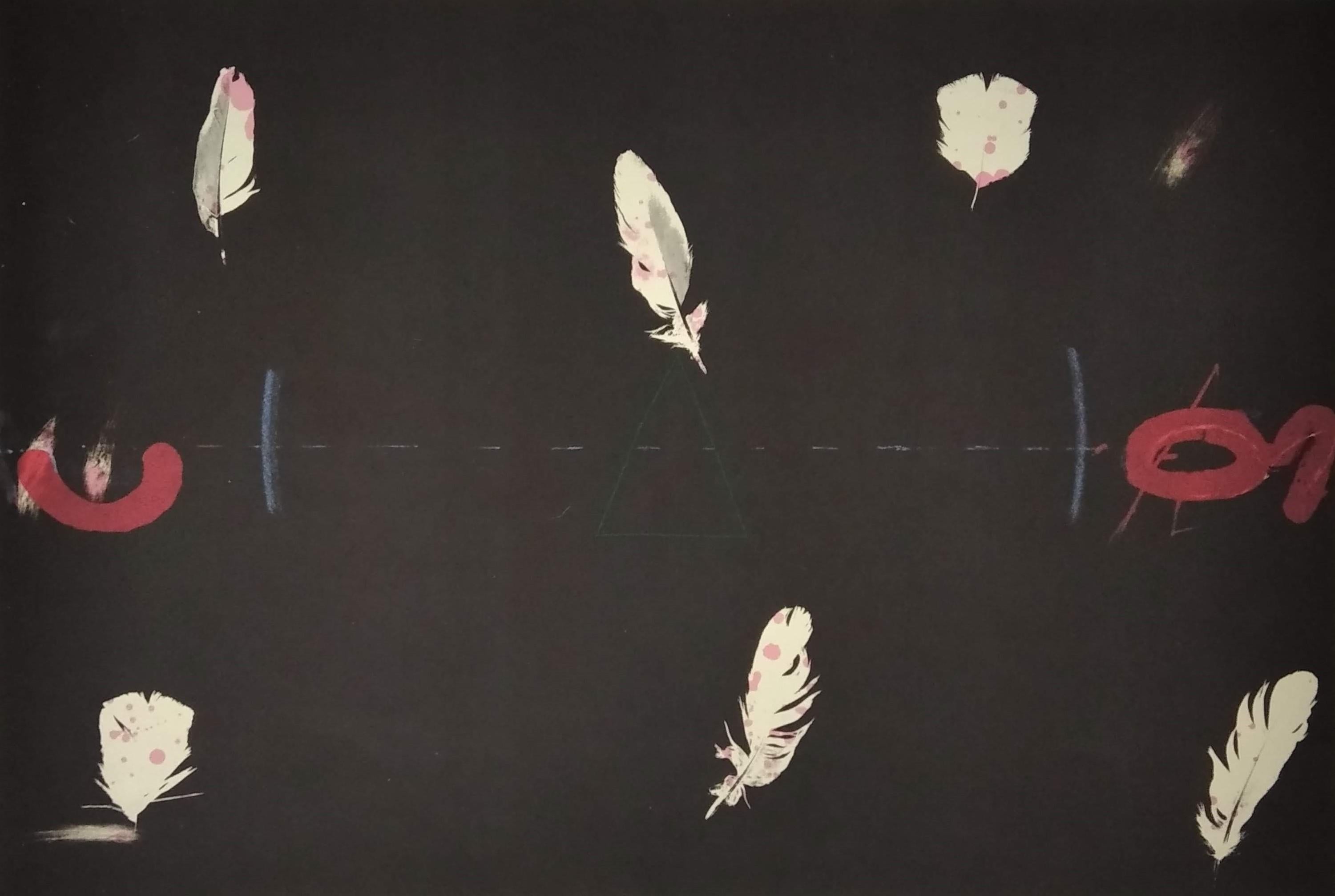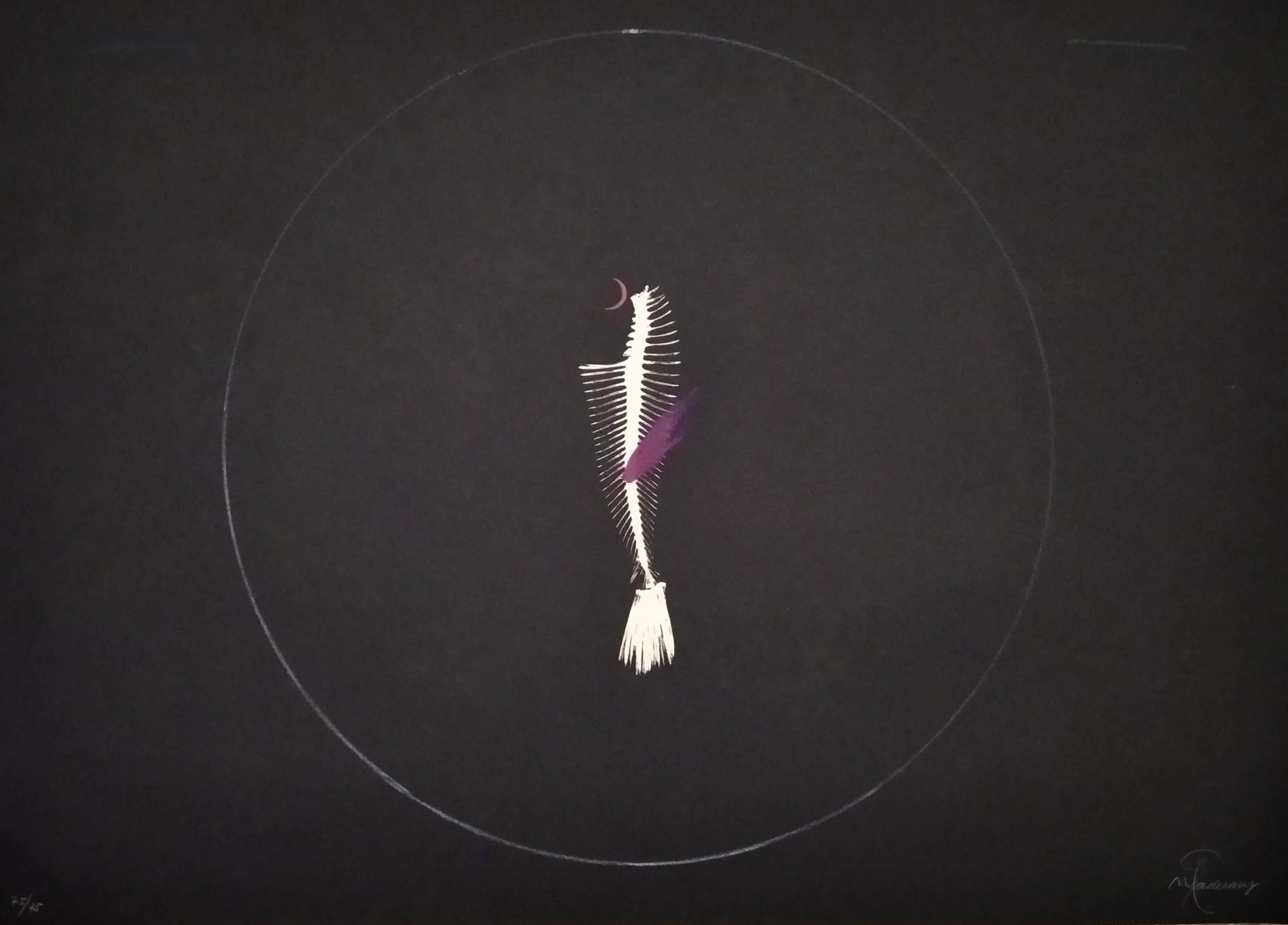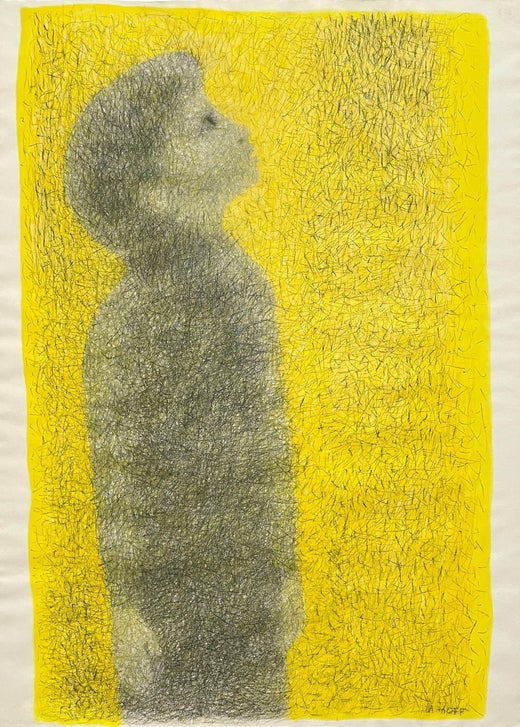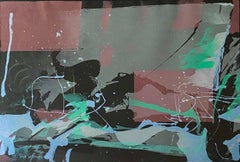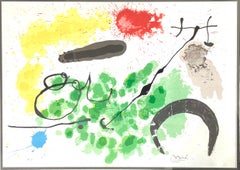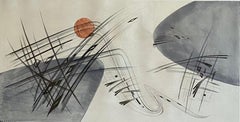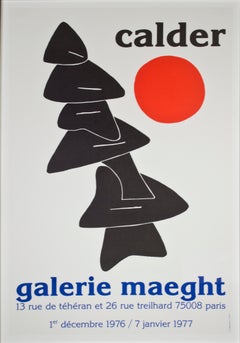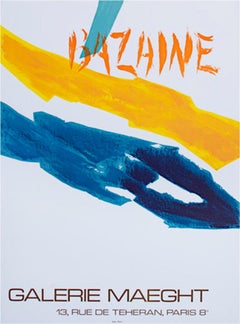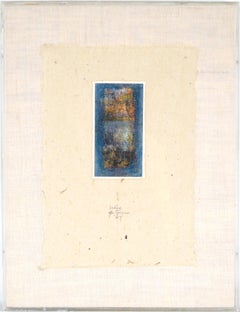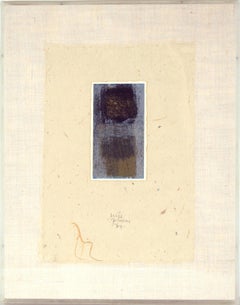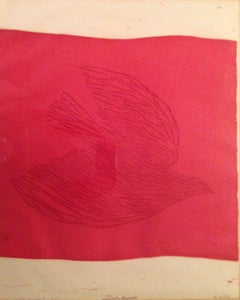
“Sunset Flight”
View Similar Items
Want more images or videos?
Request additional images or videos from the seller
1 of 8
Margo Hoff“Sunset Flight”Circa 1970
Circa 1970
About the Item
- Creator:Margo Hoff (1912, American)
- Creation Year:Circa 1970
- Dimensions:Height: 17 in (43.18 cm)Width: 13.75 in (34.93 cm)
- Medium:
- Movement & Style:
- Period:
- Condition:Good: with some wrinkling of paper.
- Gallery Location:Southampton, NY
- Reference Number:1stDibs: LU1412430431
Margo Hoff
A prolific artist, Margo Hoff’s exquisite style evolved throughout her career yet was always rooted in the events, people, and places in her life. The human experience was her sole focus, expressed through her eyes alone. Born in 1910 in Tulsa, Oklahoma, Hoff began creating white, clay animals at a young age, giving them to her friends and family. At eleven she contracted typhoid fever and was bedridden for a summer. During her convalescence, she drew and made cutouts, and it was during this time that her bold, artistic imagination came alive. She began formal art training in high school and continued her education at the University of Oklahoma, Tulsa. In 1933 she moved to Chicago and attended the National Academy of Art and the School of the Art Institute of Chicago. Between 1933 and 1960, her Chicago years, Hoff’s work was deeply rooted in a figurative, regionalist style. She often used elements of magical realism, and many of her paintings have dreamlike qualities. She lived, worked, taught, and painted in Europe, Mexico, Lebanon, Uganda, Brazil, and China. She also showed at the Denver Art Museum’s Annual Western Exhibitions in 1952, 54, 56 and 57. In 1957 she showed along-side Colorado modernist Vance Kirkland at the Denver Art Museum’s exhibition, Man’s Conquest of Space. What was once a focus on the representational, her work began to change after 1957 when she saw Sputnik in its orbit around Earth. At that moment, feet firmly placed on the ground, she was able to imagine herself in space, looking down from the cosmos, and what she saw was an abstracted world. She then had the opportunity to peer into an electron microscope where once again she was looking down into what seemed to be a realm of pure abstraction. These two events profoundly changed her perspective and she began to move from figural painting to abstract, geometric collage. In 1960, Hoff moved to New York City and she began creating collages. Placing the canvas on the ground, and working from all sides, she used strips of painted paper and tissue, and later painted pieces of canvas, glued onto the canvas surface, building layer upon layer, shape against shape, “action of color next to stillness of color.” She believed these simplified, abstracted forms held the spirit of the subject in the same way poetry reduces words to their essence. These pieces range from aerial cityscapes, to dancers in motions, to flora and fauna, whittled down to geometric shapes and flat, bold colors. Hoff’s work was exhibited widely throughout the United States and in England, France, Italy, and Lebanon. She passed away in New York City at the age of 98, leaving a rich legacy behind. Margo Hoff’s works are in the collections of: The Art Institute of Chicago, the Brooklyn Museum, the Metropolitan Museum of Art, the National Gallery of Art in Washington, D.C., and the Whitney Museum of American Art.
About the Seller
5.0
Platinum Seller
Premium sellers with a 4.7+ rating and 24-hour response times
Established in 1977
1stDibs seller since 2013
525 sales on 1stDibs
Typical response time: 1 hour
Authenticity Guarantee
In the unlikely event there’s an issue with an item’s authenticity, contact us within 1 year for a full refund. DetailsMoney-Back Guarantee
If your item is not as described, is damaged in transit, or does not arrive, contact us within 7 days for a full refund. Details24-Hour Cancellation
You have a 24-hour grace period in which to reconsider your purchase, with no questions asked.Vetted Professional Sellers
Our world-class sellers must adhere to strict standards for service and quality, maintaining the integrity of our listings.Price-Match Guarantee
If you find that a seller listed the same item for a lower price elsewhere, we’ll match it.Trusted Global Delivery
Our best-in-class carrier network provides specialized shipping options worldwide, including custom delivery.More From This Seller
View All“Shore Sentry”
By Syd Solomon
Located in Southampton, NY
Shore Sentry, is an original color, limited edition lithograph on handmade German black etching paper; printed by Topaz Editions in 1977. Artist proofs 10. Edition size 100. Provenance:: A Sarasota, Florida collector
Signed: Artist signed lower left with edition size
Image size: 22 by 30 inches
Sheet size: 30 by 38 inches
Edition 38/100
Condition: Excellent
Overall framed size: 30.25 by 38.25 inches
Framed under plexiglass in chrome colored metal gallery frame
SYD SOLOMON BIOGRAPHY
Written by Dr. Lisa Peters/Berry Campbell Gallery
“Here, in simple English, is what Syd Solomon does: He meditates. He connects his hand and paintbrush to the deeper, quieter, more mysterious parts of his mind- and he paints pictures of what he sees and feels down there.”
--Kurt Vonnegut Jr. from Palm Sunday, 1981
Syd Solomon was born near Uniontown, Pennsylvania, in 1917. He began painting in high school in Wilkes-Barre, where he was also a star football player. After high school, he worked in advertising and took classes at the Art Institute of Chicago. Before the attack on Pearl Harbor, he joined the war effort and was assigned to the First Camouflage Battalion, the 924th Engineer Aviation Regiment of the US Army. He used his artistic skills to create camouflage instruction manuals utilized throughout the Army. He married Ann Francine Cohen in late 1941. Soon thereafter, in early 1942, the couple moved to Fort Ord in California where he was sent to camouflage the coast to protect it from possible aerial bombings. Sent overseas in 1943, Solomon did aerial reconnaissance over Holland. Solomon was sent to Normandy early in the invasion where his camouflage designs provided protective concealment for the transport of supplies for men who had broken through the enemy line. Solomon was considered one of the best camoufleurs in the Army, receiving among other commendations, five bronze stars. Solomon often remarked that his camouflage experience during World War II influenced his ideas about abstract art. At the end of the War, he attended the École des Beaux-Arts in Paris.
Because Solomon suffered frostbite during the Battle of the Bulge, he could not live in cold climates, so he and Annie chose to settle in Sarasota, Florida, after the War. Sarasota was home to the John and Mable Ringling Museum of Art, and soon Solomon became friends with Arthur Everett “Chick” Austin, Jr., the museum’s first Director. In the late 1940s, Solomon experimented with new synthetic media, the precursors to acrylic paints provided to him by chemist Guy Pascal, who was developing them. Victor D’Amico, the first Director of Education for the Museum of Modern Art, recognized Solomon as the first artist to use acrylic paint. His early experimentation with this medium as well as other media put him at the forefront of technical innovations in his generation. He was also one of the first artists to use aerosol sprays and combined them with resists, an innovation influenced by his camouflage experience.
Solomon’s work began to be acknowledged nationally in 1952. He was included in American Watercolors, Drawings and Prints at the Metropolitan Museum of Art, New York. From 1952–1962, Solomon’s work was discovered by the cognoscenti of the art world, including the Museum of Modern Art Curators, Dorothy C. Miller and Peter Selz, and the Whitney Museum of American Art’s Director, John I. H. Baur. He had his first solo show in New York at the Associated American Artists Gallery in 1955 with “Chick” Austin, Jr. writing the essay for the exhibition. In the summer of 1955, the Solomons visited East Hampton, New York, for the first time at the invitation of fellow artist David Budd. There, Solomon met and befriended many of the artists of the New York School, including Jackson Pollock, Franz Kline, Willem de Kooning, James Brooks, Alfonso Ossorio, and Conrad Marca-Relli. By 1959, and for the next thirty-five years, the Solomons split the year between Sarasota (in the winter and spring) and the Hamptons (in the summer and fall).
In 1959, Solomon began showing regularly in New York City at the Saidenberg Gallery with collector Joseph Hirshhorn buying three paintings from Solomon’s first show. At the same time, his works entered the collections of the Whitney Museum of American Art, the Solomon R. Guggenheim Museum, and the Wadsworth Athenaeum in Hartford, Connecticut, among others. Solomon also began showing at Signa Gallery in East Hampton and at the James David Gallery in Miami run by the renowned art dealer, Dorothy Blau.
In 1961, the Guggenheim Museum’s H. H. Arnason bestowed to him the Silvermine Award at the 13th New England Annual. Additionally, Thomas Hess of ARTnews magazine chose Solomon as one of the ten outstanding painters of the year. At the suggestion of Alfred H. Barr, Jr., the Museum of Modern Art’s Director, the John and Mable Ringling Museum in Sarasota began its contemporary collection by purchasing Solomon’s painting, Silent World, 1961.
Solomon became influential in the Hamptons and in Florida during the 1960s. In late 1964, he created the Institute of Fine Art at the New College in Sarasota. He is credited with bringing many nationally known artists to Florida to teach, including Larry Rivers, Philip Guston, James Brooks, and Conrad Marca-Relli. Later Jimmy Ernst, John Chamberlain, James Rosenquist, and Robert Rauschenberg settled near Solomon in Florida. In East Hampton, the Solomon home was the epicenter of artists and writers who spent time in the Hamptons, including Alfred Leslie, Jim Dine, Ibram Lassaw, Saul Bellow...
Category
1970s Post-Modern Abstract Prints
Materials
Handmade Paper, Lithograph
“Untitled” (from the Lezard aux Plumes d’Or series)
By Joan Miró
Located in Southampton, NY
Colored lithograph on archival paper by Joan Miro. Part of the “Lizard with the Golden Feathers series. Signed in pencil “Miro” lower right. “H.C.” lower left. (See details below) ...
Category
1970s Modern Abstract Prints
Materials
Archival Paper, Lithograph
“Untitled”
By Ferdinand Springer
Located in Southampton, NY
Original aquatint etching “Untitled” by the Germans artist, Ferdinand Springer. Signed in lower right margin in pencil by the artist and dated 1951. Condition is excellent. Edition size in pencil in lower left margin 98/200. Sheet size (full) is 115 by 22.75. Image size is 9.75 by 18.75. The artwork is housed in a thin antique silver contemporary frame. Overall framed measurements are 19.5 by 27 inches. Under glass. Provenance: A St. Petersburg, Florida collector.
Ferdinand Springer, painter and printmaker, was born to a German father and a Swiss mother in Berlin on October 1, 1907. After graduating from high school in Potsdam, he studied art history at the University of Zurich. He began painting in 1927 and visited Milan where he met the Italian painters Giorgio Morandi and Carlo Carrà.
Springer moved to Paris in 1928 where he studied with Roger Bissière at the Académie Ranson. In 1932, he learned intaglio techniques at Atelier 17 in Paris and, in 1937, he traveled to New York where he exhibited at the Julian Levy Gallery. During this time he met Alexander Calder and Salvatore Dali...
Category
1950s Modern Abstract Prints
Materials
Archival Paper, Etching, Aquatint
$960 Sale Price
20% Off
M. Russian - El Superior-del Bellarose
By Raphael Soyer
Located in Southampton, NY
Artist proof edition of 150
Signed in pencil lower right and in pencil lower left
Sight size 18 x 12 in
Overall size in Museum quality matted frame 30 x 23 in
Category
Mid-20th Century Post-Modern Portrait Prints
Materials
Lithograph
$1,250 Sale Price
43% Off
“Holland”
Located in Southampton, NY
Original offset colored lithograph travel poster titled “Holland” by the Dutch artist, Paul
Erkelens. Signed in the print lower right and dated 1945. Published by Dejong & Company,...
Category
1940s Post-Modern Landscape Prints
Materials
Lithograph
$960 Sale Price
20% Off
“Marcel Marceau Mime”
By Marcel Marceau
Located in Southampton, NY
Original artist signed colored lithograph by the well known French actor, artist and mime, Marcel Marceau. Circa 1975. Condition is very good Edition:, 112/275; signed in pencil lowe...
Category
1970s Post-Modern Figurative Prints
Materials
Archival Paper, Lithograph
$950 Sale Price
32% Off
You May Also Like
"Stabile with Red Sun Galerie Maeght" Lithograph Poster
By Alexander Calder
Located in Milwaukee, WI
"Stabile with Red Sun Galerie Maught" is a color lithograph poster. The Stabile is a black topsy-turvy statue taking up most of the piece. A red sun sits to the right of the black st...
Category
1970s Post-Modern Abstract Prints
Materials
Lithograph
"Galerie Maeght, " Graphic Color Lines Lithograph Poster by Jean Rene Bazaine
Located in Milwaukee, WI
"Galerie Maeght" lithograph poster by Jean Rene Bazaine. This poster holds Bazine's name in harsh orange lines near the top of the piece. Diagonally bisecting the b and a in Bazaine is a teal line. Bellow this horizontally against the white backgrounds are two lines, one painted yellow and the other blue.
Image: 29 x 21 in
Jean Bazaine was a French painter, designer of stained glass windows, and writer. He was the great great grandson of the English Court portraitist Sir George Hayter. In 1949/1950 he had his first major one man show at the Galerie Maeght, who remained his art dealer thenceforth. From then on it was a steady progress of major exhibitions: Bern, Hanover, Zürich, Oslo... 1987 a retrospective exhibition in Galerie Maeght, 1988 a retrospective of his drawings in the Musée Matisse and finally in 1990 the Exposition Bazaine in the Galeries Nationales du Grand Palais, Paris., which was accompanied by the reissue of his major texts on painting in art theory as Le temps de la peinture (Paris, Aubier 1990). "The motley crowds of international tourists and souvenir-shoppers who fill the ancient streets of the Latin Quarter in Paris spend most of their time admiring the open-air displays of seafood outside the Greek restaurants in the rue de la Huchette. They ignore the beautiful church of St Severin in the same street, for have they not already "done" Notre Dame? So they miss one of the most wonderful series of stained-glass windows in France: Jean Bazaine's vivid, dynamic works irradiating the sombre ambulatory and apsidal chapels. These windows represent the seven sacraments of the Church, portrayed as essential forms from nature in all its glory and symbolising Water, Fire and Light, sacred emblems of Divine Grace. An appropriate biblical verse is inscribed beneath each. Only Pierre Soulages with his "luminous black" windows at l'Abbaye de Conques (1998) can stand comparison with the majesty of these contemporary works by Bazaine, created between 1965 and 1970. Bazaine was fortunate in his friends. He received at an early stage in his student career support and advice from another master colourist, Pierre Bonnard. In his youth he knew Leger, Braque, James Joyce and Marcel Proust. One of his great personal friends was Jean Fautrier, with whom he shared his first exhibition in 1930. His work gradually developed as a form of bold tachisme - brilliantly composed but well-controlled "splashes" of sumptuous colour. He rejected the term "abstract" which he considered a denial of the essentially intimate relationships between art and reality. He quoted his friend Braque: "The canvas must efface the idea behind it." In 1941, during the Nazi occupation, at a time when Hitler was destroying many works of modern art, Bazaine had the courage to organise in Paris a first "avant-garde" exhibition of 20 French artists. In 1948, he wrote his first book, an unpedantic, unacademic view of contemporary painting, Notes sur la peinture d'aujourd'hui. He quotes Braque on Cezanne: "He's a painters' painter - other people think it's unfinished." Bazaine, too, reverenced Cezanne: Three lines drawn by Cezanne overturn our whole concept of the world, proclaim the liberty of man, his courage. The great painters have never had any other aims. The painter says: "I exist, therefore you exist. I am free, therefore you are free. Or at least he tries to. It's his one aim in life." After the Second World War, Bazaine produced vast compositions with virtuoso colour structures, mostly with references to nature, like the breathtaking Vent de mer (1949, now in the Museum of Modern Art, Paris) and Orage au jardin (1952, now in the Van Abbemuseum at Eindhoven). His Earth and Sky (1950) is in the Maeght Foundation at Saint Paul de Vence. One of his greatest works, L'Arbre tenebreux (1962), was sold to the Sonja Henie...
Category
1970s Post-Modern Abstract Prints
Materials
Lithograph
Delicate Abstract Lithograph with Blue and Orange
Located in Soquel, CA
Delicate Abstract Lithograph with Blue and Orange by American Beat artist Will Peterson (1928-1994.)
This lithograph blends the linework and movement of abstract impressionism with a color field-esque composition. The vibrant orange rectangle in the center of the piece is bracketed by a contrasting cobalt border. The edges of these shapes are softened by delicate linework and areas of hazy lighter blues and whites. Overall, this creates an atmospheric and striking piece.
Lithograph is printed on wove paper which is fixed to a larger piece of handmade paper containing the artists signature and a small embossing found on his other pieces from this time period. This paper is displayed on top of a linen covered board with sturdy wood edges and a plexiglass over over the entire piece.
Will Peterson was born in Chicago in 1928 to German immigrant parents. He contracted Polio when he was in High School and thus spent much of his early years ill. During this time he started working as a cartoonist for his high school’s paper. He started his official art studies at Wilber Wright College in Chicago and later earned a BA and a MA at Michigan State University. Here he studied print making and lithography under John S. deMartelly. He began enjoying artistic success while still in graduate school, exhibiting at the Detroit Art Institute, the Terry Art Institute, the National Print Exhibition, and the Boston Printmakers.
Peterson was drafted into the army in 1952 and thus spent time in Korea and Japan. His time as an educational specialist in Hokkaido was a formative experience for him and his interest in Japanese calligraphy and other arts influenced his later work. Upon returning to the United States, he moved to Oakland, California. He became involved with the beat movement and after founding the Bay Printmakers Society with fellow artist Mel Strawn...
Category
1960s Post-Modern Abstract Prints
Materials
Handmade Paper, Lithograph
Abstract Color Field Lithograph in Pale Blue and Brown
Located in Soquel, CA
Abstract Color Field Lithograph in Pale Blue and Brown by American Beat artist Will Peterson (1928-1994.)
This lithograph blends the linework and movement of abstract impressionism with a color field-esque composition. A long copper-brown rectangle shines through from the bottom layer of the colors. It is then crossed in multiple places by black linework and hatching. Around this shape a pale cornflower blue acts as a frame and crosses the brown shape in the center. The addition of the cool black and blue tones creates a sense of warmth in the underlying shape.
Lithograph is printed on wove paper which is fixed to a larger piece of handmade paper containing the artists signature and a small embossing found on his other pieces from this time period. This paper is displayed on top of a linen covered board with sturdy wood edges and a plexiglass over over the entire piece.
Will Peterson was born in Chicago in 1928 to German immigrant parents. He contracted Polio when he was in High School and thus spent much of his early years ill. During this time he started working as a cartoonist for his high school’s paper. He started his official art studies at Wilber Wright College in Chicago and later earned a BA and a MA at Michigan State University. Here he studied print making and lithography under John S. deMartelly. He began enjoying artistic success while still in graduate school, exhibiting at the Detroit Art Institute, the Terry Art Institute, the National Print Exhibition, and the Boston Printmakers.
Peterson was drafted into the army in 1952 and thus spent time in Korea and Japan. His time as an educational specialist in Hokkaido was a formative experience for him and his interest in Japanese calligraphy and other arts influenced his later work. Upon returning to the United States, he moved to Oakland, California. He became involved with the beat movement and after founding the Bay Printmakers Society with fellow artist Mel Strawn...
Category
1960s Post-Modern Figurative Prints
Materials
Handmade Paper, Lithograph
Delicate Abstract Lithograph in Pale Blues and Greys
Located in Soquel, CA
Delicate Abstract Lithograph in Pale Blues and Greys by American Beat artist Will Peterson (1928-1994.)
This lithograph features a soft warm grey background overlayed with light blue shading and line work. In the bottom center of the piece is a spiky white shape. The colors and shapes are subtle and feel reminiscent of ice.
Lithograph is printed on wove paper which is fixed to a larger piece of handmade paper containing the artists signature and a small embossing found on his other pieces from this time period. This paper is displayed on top of a linen covered board with sturdy wood edges and a plexiglass over over the entire piece.
Will Peterson was born in Chicago in 1928 to German immigrant parents. He contracted Polio when he was in High School and thus spent much of his early years ill. During this time he started working as a cartoonist for his high school’s paper. He started his official art studies at Wilber Wright College in Chicago and later earned a BA and a MA at Michigan State University. Here he studied print making and lithography under John S. deMartelly. He began enjoying artistic success while still in graduate school, exhibiting at the Detroit Art Institute, the Terry Art Institute, the National Print Exhibition, and the Boston Printmakers.
Peterson was drafted into the army in 1952 and thus spent time in Korea and Japan. His time as an educational specialist in Hokkaido was a formative experience for him and his interest in Japanese calligraphy and other arts influenced his later work. Upon returning to the United States, he moved to Oakland, California. He became involved with the beat movement and after founding the Bay Printmakers Society with fellow artist Mel Strawn...
Category
1960s Post-Modern Abstract Prints
Materials
Handmade Paper, Lithograph
Falling Swirls, Organic Curvy Layers in Blue Tones, Handmade Cyanotype on Paper
By Kind of Cyan
Located in Barcelona, ES
This is an exclusive handprinted unique cyanotype that takes its inspiration from the mid-century modern shapes.
It's made by layering paper cutouts and different exposures using uv-...
Category
2010s Post-Modern Abstract Prints
Materials
Watercolor, Rag Paper, Lithograph
